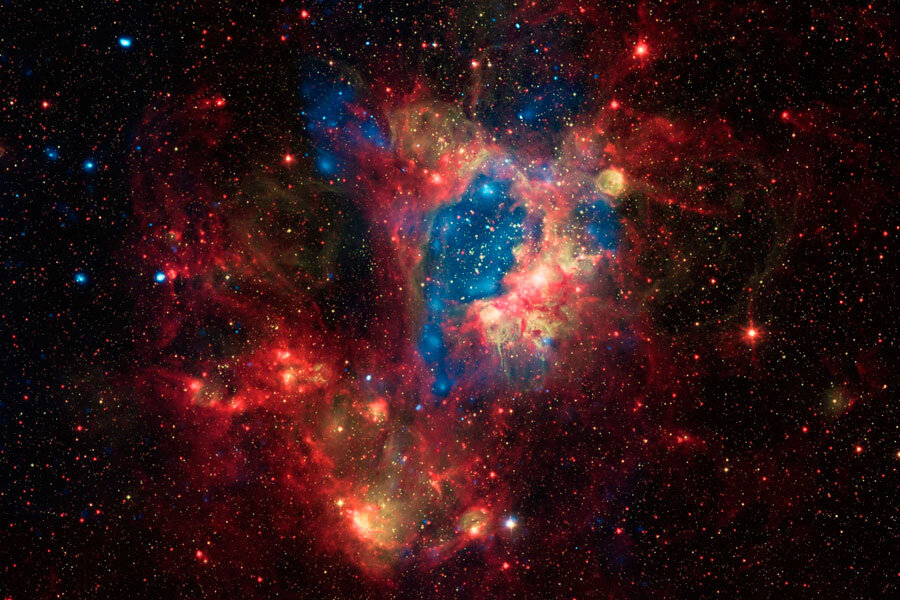Explore the Milky Way in the biggest photo ever taken
Loading...
German Astronomers have complied the largest astronomical image ever made, producing a glittering picture of the Milky Way with 46 billion pixels.
The leader of the project, Moritz Hackstein, a doctoral candidate at Ruhr-Universitat Bochum in Germany, compiled the detailed images for his PhD thesis to record how stars were changing in the sky, through variable objects such as medium brightness. The team found 64,151 variable sources of light, with over 56,000 of these sources being seen for the first time, According to Space.com reports.
“For five years, the astronomers from Bochum have been monitoring our galaxy in the search of objects with variable brightness,” the university said in a statement. “More than 50,000 new variable objects, which had hitherto not been recorded in databanks, have been discovered by the researchers so far.”
The Milky Way is so large that astronomers had to divide it up into 268 subsections. They would spend several days on each section, taking multiple photographs. Before creating the 46 billion-pixel image, the astronomers had to spend several weeks working on calculations to make sure the end image was configured correctly.
The end result includes both new evidence on star systems for astronomers, as well as simply a really cool image for the public.
By using the online tool developed by the researchers, “any interested person can view the complete ribbon of the Milky Way at a glance, or zoom in and inspect specific areas,” the release explains. Viewers can even search by specific star or nebula.
The researchers used telescopes from Bochum’s observatory in Chile's Atacama Desert, “the world’s prime location for astronomical observations.” The RUB observatory’s telescopes might not be as powerful as the European “Very Large Telescope” observatory on Cerro Paranal, but Rolf Chini, the director of the RUB observatory, says they are more effective because RUB astronomers don’t have to fight for gazing time.
“The average astronomer is assigned five to ten hours observation time per year on the large telescopes – if he’s lucky,” Dr. Chini explains to Rubin Science Magazine, making it impossible for astronomers to focus on an extended study.
“Being in Chile is great,” Chini tells Rubin Science. “However, getting there is very stressful.” To reach the RUB observatory, Chini flies from Germany to Madrid, then Madrid to Santiago de Chile, followed by a domestic flight and a two-hour drive.








